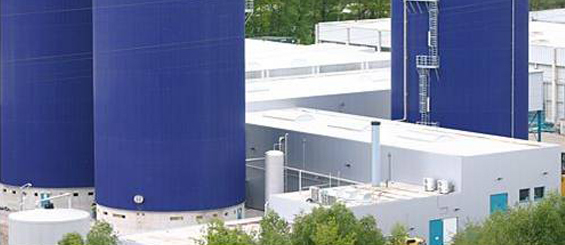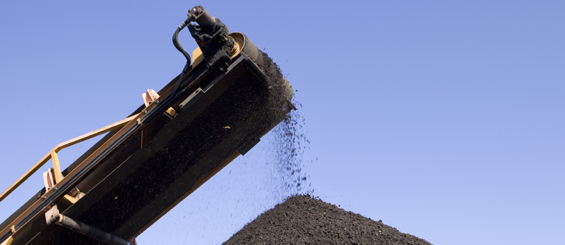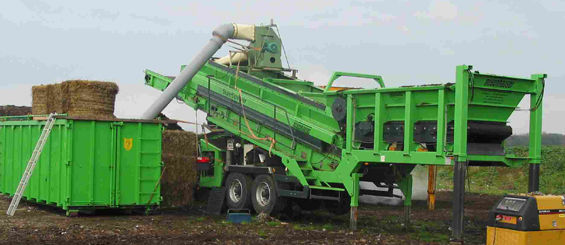Adverts
Outbreak: Ash dieback caused by Chalara fraxinea
AfOR is in discussion with specialists in plant pathology with regard to the recent outbreak of "Chalara dieback" of ash (caused by Chalara fraxinea), a fungal pathogen that causes a serious disease of ash trees. The disease causes leaf loss and crown dieback in affected trees, and it can lead to tree death.
AfOR is seeking clarification from the Food and Environment Research Agency (formerly Central Science Laboratory) and Defra about the thermal death point of this pathogen and on whether composting is a suitable method for treating leaves, prunings, and/or loppings from Ash trees showing symptoms of infection by C. fraxinea.
Until we have received such a clarification, the recommended method to deal with any C. fraxinea infected plant tissue waste from Ash trees is to burn that waste on site. If this is not possible (e.g. not allowed in many private, urban gardens) please leave Ash tree leaves (or infected parts of Ash tree) where they are, in order to avoid the spread of the spores, which can easily occur during any movement of the infected material. We also recognise that this Forestry Commission advice was written from the point of view of forest and woodland management, rather than management of wastes from trees (e.g. leaves) in urban environments. Consequently, we currently recommend that householders who have any Ash tree(s) on or overhanging their property (or the place they occupy) dispose of leaves or prunings from those trees by putting them into their residual waste bins for collection.
We will update this news item as soon as any new development in policy applicable to C. fraxinea is communicated to us. Please find below information on how the infection is likely to spread, according to the Forestry CommissionâÂÂs website:
How does infection happen?
6. Infection is via spores from fruit bodies on leaf litter. Spore production (in fruit bodies) occurs on infected fallen leaves and shoot material in the growing season after infection; trees are likely to need a high dose of spores to become infected (Timmermann et al., 2011). (High confidence)
7. C. fraxinea infection starts primarily on leaves and is progressive over time with dieback and stem lesions usually manifesting in the next growing season. Leaf symptoms can be detected within two months of infection (experience from Denmark). (Moderate confidence)
8. C. fraxinea causes infection from June â October, mainly in July â August (Timmermann et al., 2011; Kirisits and Cech, 2009; Kowalski and Holdenreider, 2009). Moist conditions favour production of the fruiting bodies. (High confidence)
How is infection likely to spread?
9. Spores are produced on Chalara fruit bodies formed on fallen leaves and shoots the year following infection. Natural spread is by wind-blown spores (ascospores) from these fruiting bodies (Kowalski, 2006; Kirisits et al.2009; Kowalski and Holdenrieder, 2009; Queloz et al., 2010). (High confidence)
10. Wind-blown spores cause the disease to spread up to 20-30 km per year (Solheim, 2009; Solheim, et al., 2011). On occasions, spores may disperse much further on the wind. Longer distance spread occurs via infected plants or potentially via wood products (Husson et al, 2012; EPPO, 2010; Prokrym and Neeley, 2009). (High confidence on wind dispersal; Moderate confidence on untreated wood products).
11. There is low probability of dispersal on clothing and footwear or via animals and birds. (High confidence). Transmission by routes other than wind and planting material are likely to pose a comparatively low risk but the risk cannot be ruled out.
12. C. fraxinea is found in seeds (Cleary M., et al. 2012) this is reflected in the legislation which restricts the movement of plants and seeds.
13. There is lower risk of C. fraxinea spreading over the winter since there is now a ban on ash imports into the UK, restrictions on plant movements through Statutory Plant Health Notices and as spore production is not expected to resume until June 2013. (High confidence)
If you wish to find out more about Chalara fraxinea, the plant pathogen causing the Ash tree disease, please visit http://www.defra.gov.uk/food-farm/crops/tree-health/ash-tree-chalara, or follow the link: http://www.forestry.gov.uk/chalara. This link contains a pictorial guide to help identify any affected ash tree.
Please donâÂÂt hesitate to contact Justyna on 01933 446441 or justyna@organics-recycling.org.uk to discuss the current position or ask questions.
Web article last updated: 08/11/2012
visitor comments
Members' Area
Become a Member!
Join the Organics Recycling Group at the Renewable Energy Association by clicking below.





.jpg)


